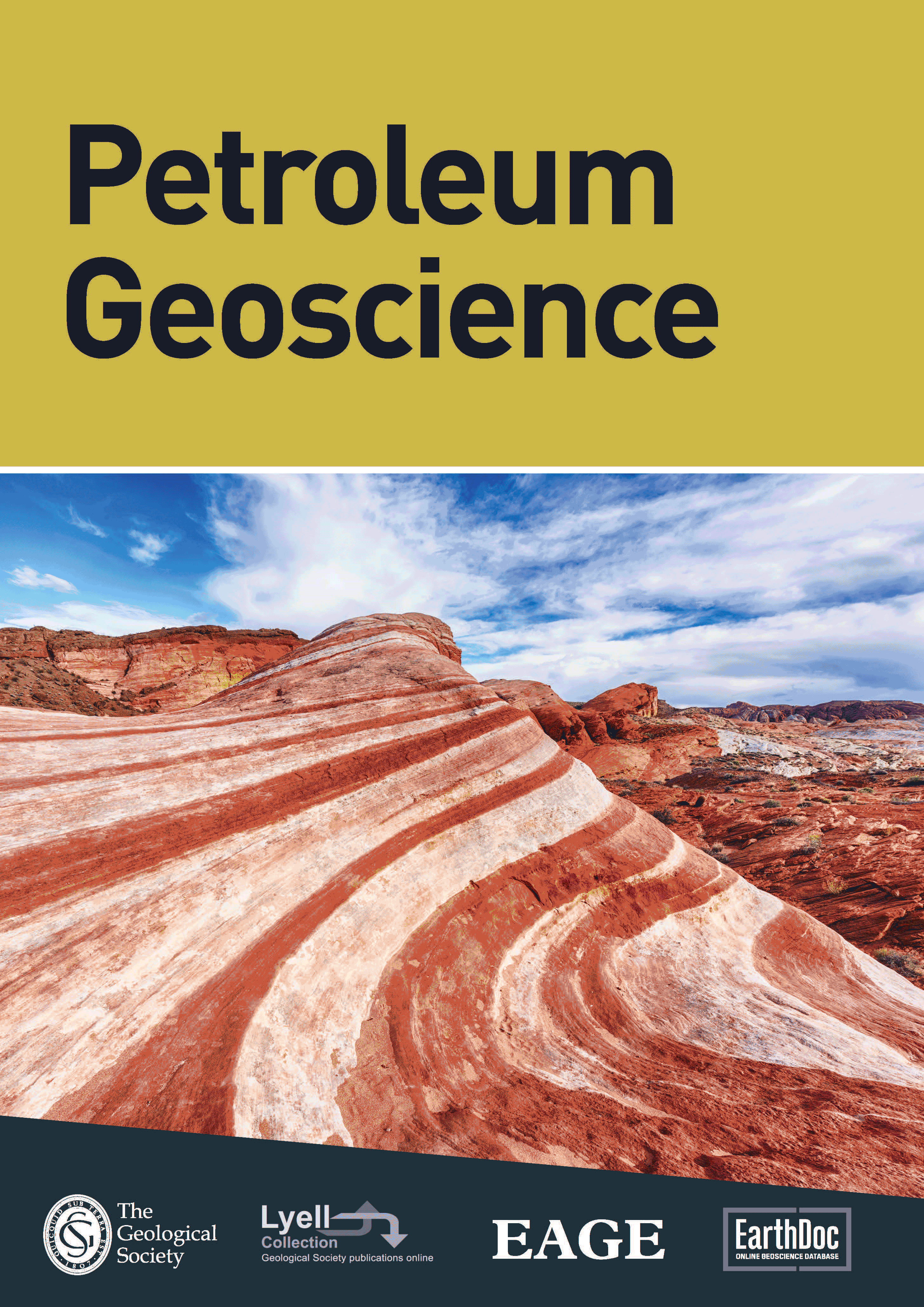
Full text loading...
 , Mohammad Reza Saberi2, Michel Krief3, Hossein Rezaei Abbasi4
, Mohammad Reza Saberi2, Michel Krief3, Hossein Rezaei Abbasi4
Although pore geometry plays an important role in carbonate rock physics modelling, few studies have been carried out on its analytic relationship with other pore space properties such as pore space stiffness. We propose an analytical workflow based on the differential effective medium (DEM) to estimate the elastic properties of carbonate rocks. The validity of our results is then cross-checked with the Xu and Payne model on a real carbonate dataset. This workflow establishes a direct and quantitative link between the pore geometry of carbonate rock and its other pore space properties such as the Biot coefficient and pore space stiffness. This relationship can, furthermore, be utilized in defining rock physics templates (RPTs) to investigate the role of pore geometry on the rock elastic properties. Furthermore, we extended the Biot–Gassmann–Krief (BGK) model through our proposed workflow by establishing a theoretical framework to relate the main components of the BGK model to the pore geometry usually estimated in the laboratory or empirically. This can help to investigate the impact of fluid substitution on each of these main components. Our investigation suggests that the higher the Biot and Gassmann coefficients, the more sensitive the rock is to fluid substitution. Moreover, this analytical workflow has been employed to examine the role of selecting different rotational spheroids (i.e. oblate and prolate) on the modelled velocities. Our results show that the modelled velocities depend on this selection in such a way that prolate pores are less sensitive to the variations in their pore aspect ratio compared with oblate pores.

Article metrics loading...

Full text loading...
References


Data & Media loading...

